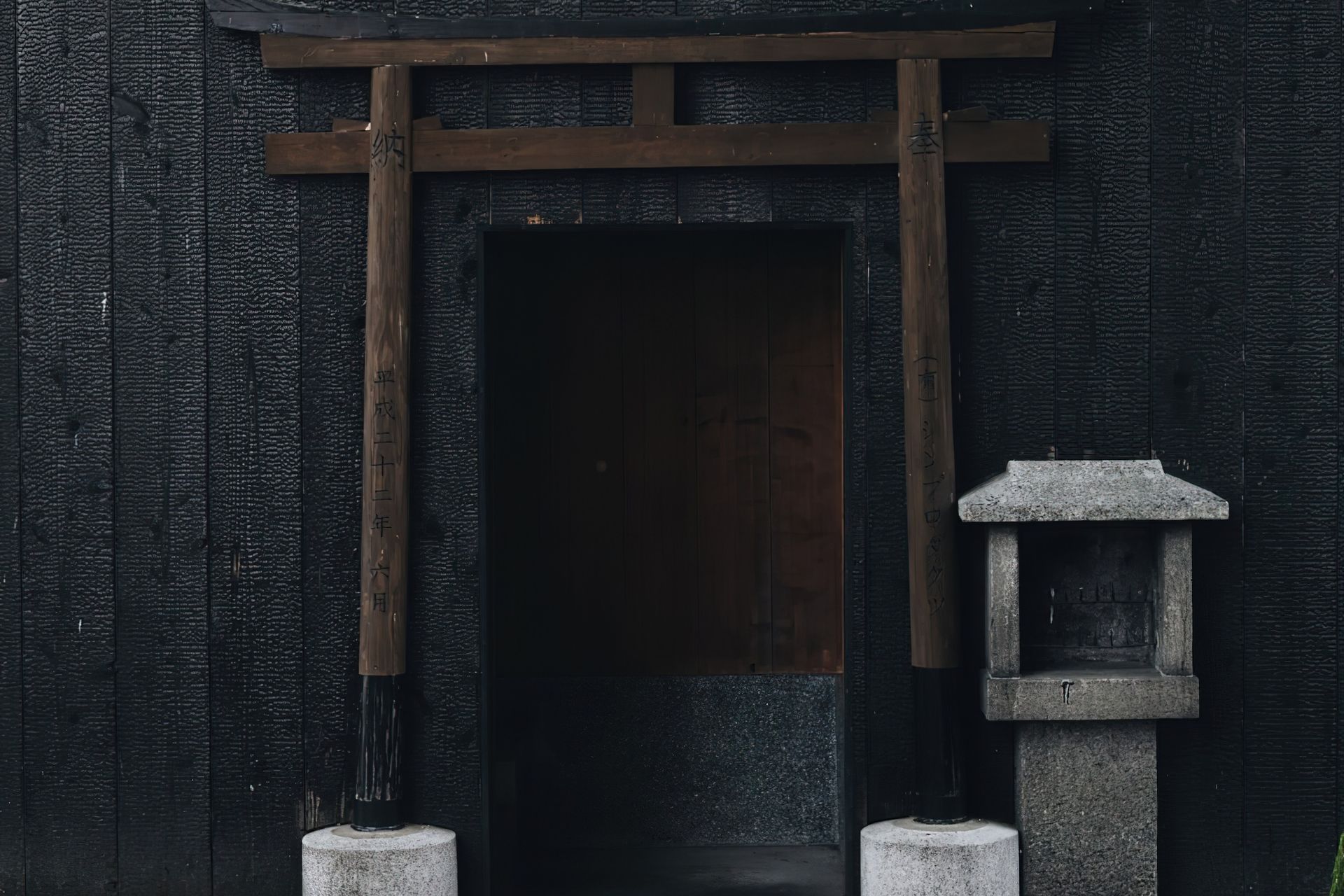The Traditional Craft of Yakisugi

True Yakisugi can only be created using Japanese cedar
Perfected by the Japanese in the 16th century. The words Yaki Sugi derives from the words “Yake” meaning burnt and “Sugi” meaning Japanese cedar.
Only sugi has the qualities that the charred timber requires – a strong, straight grained, fast drying softwood rich in tannin. Its the tannins that react with heat forming a dense layer of carbon thats resistant to fungal decay, insects and microbial attack. It’s responsible for the unmistakable aroma of true yakisugi.
No added chemicals required. Proven natural durability
Yakisugi can be seen across Japan, with buildings in Saga Toriimoto, near Kyoto, still retaining original charred timber over 400 years old. The technique uses only fire and the wood’s natural chemistry to form a stable, long-lasting barrier that improves with age, developing a rich, weathered patina.
This centuries-old method proves that wood can endure outdoors for generations without maintenance or added chemicals, offering sustainable, low-impact longevity that modern architects continue to value.

How it works
The structure of Japanese cedar is made up of a lattice of material called Lignin with a soft cellulose material inside. Lignin is a natural polymer which is resistant to rot and indigestible to insects while the cellulose inside is a sugar, both digestible for bugs and susceptible to rotting.
When the timber is subjected to the intense heat the soft cellulose matter is burned away, leaving behind the hard lignin exposed to the surface. It’s this hard layer that creates a superior wear surface less prone to deterioration from fungal attack and is not so tasty for wood loving insects.
The intense heat treatment also makes the planks more dimensionally stable, with the soot layer improving fire retardancy, while also adding a layer of hydrophobic protection against the weather.

Maintenance Optional
In Japan, the patina that develops on Yakisugi over the years is highly valued for its beauty.
If left to the elements the soot layer wears away after 30-50 years depending on environmental factors but the heat treated timber will continue to weather for well over 100 years with examples near Kyoto nearly 400 years old.
While traditionally a maintenance optional exterior cladding. Yakisugi can also be re-oiled periodically to maintain the original colour and slow down the weathering process.
We recommend re-oiling as required with our Dento finish being the lowest maintenance option and the Makkuro + Wabi Sabi requiring more regular maintenance as per product guidelines.

